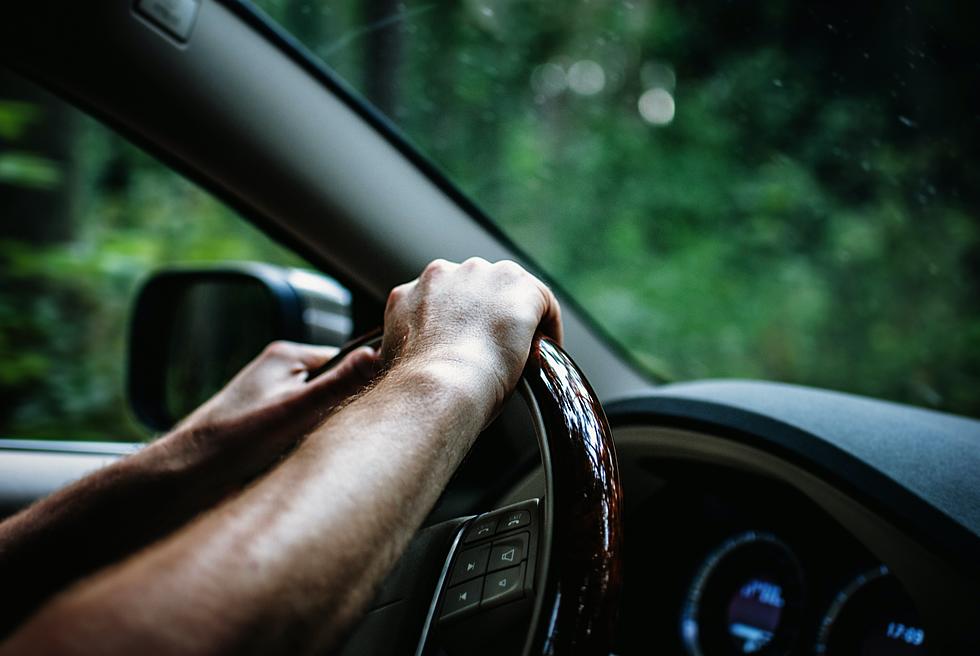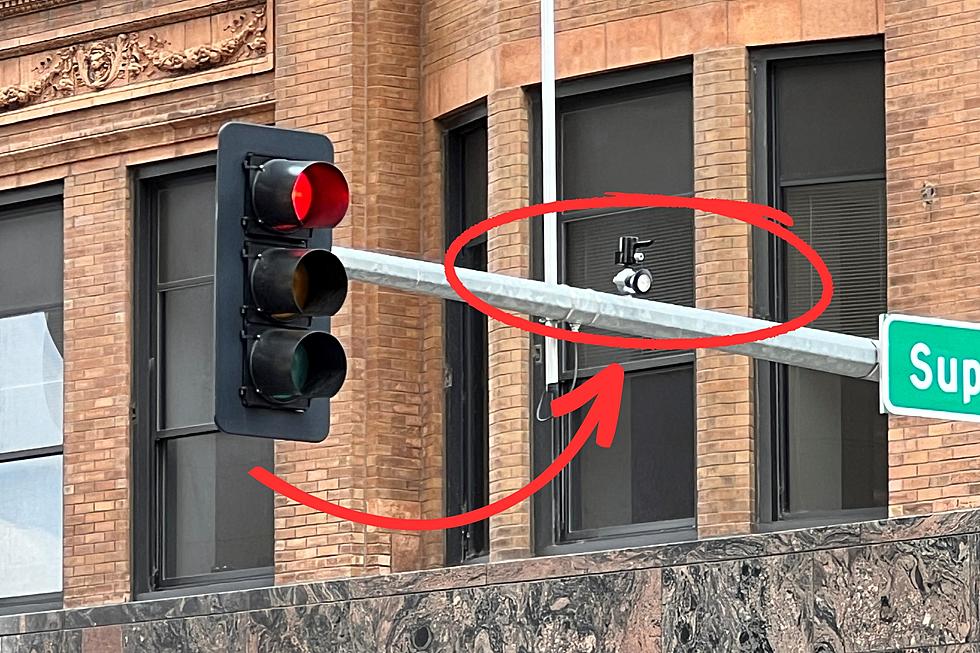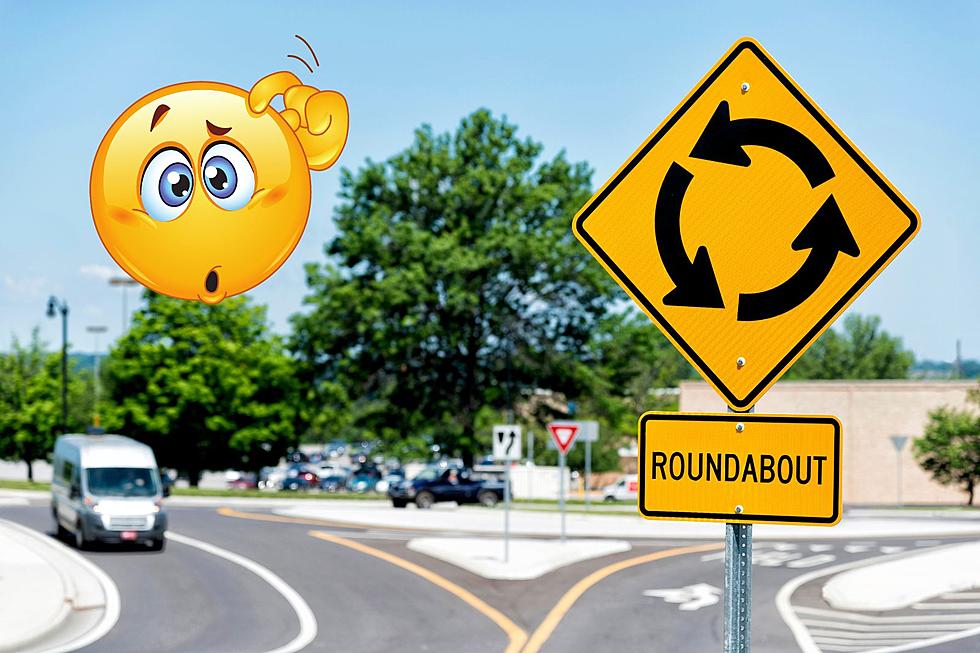
Motorists in Minnesota Are Urged to Watch Out For Turtles Crossing the Roads Over the Next Few Weeks
It is now the season for turtles all across the state of Minnesota to be on the move. According to The Star Tribune the eight species of turtles in Minnesota often lay their eggs in June. Unfortunately, thousands of turtles are killed on roadways,especially during nesting season.
Some turtles may not might not reproduce until the age of 14 and they rely on many years of nesting ahead of them because of how often predators invade the nests and eat the eggs. For a mature female turtle to be killed on the road is a significant loss for the overall turtle population.
Once she is at her site to lay her eggs she will dig a hold as deep as possible with her hind legs and in the sun to help keep the eggs warm. Once the eggs are in place she will cover up the nest to make it look as natural as possible to protect it from predators and then leaves the nest and does not return. So what should you do If you see a turtle in the middle of the road.
According to the Minnesota Department of Natural Resources here are some tips :
"Helping turtles safely across roads, particularly females with eggs, is vital to the preservation of regional populations. The following important points should be remembered if this activity is to remain an effective turtle conservation tool."
- Don't put yourself or others in danger. Simply pulling off the road and turning on your hazard lights may alert other drivers to slow down. Be aware of your surroundings and traffic.
- Avoid Excessive Handling. While wanting to inspect turtles closely is understandable, excessive handling can disrupt normal behavior. Prolonged examination of turtles should therefore be limited to only one or two individuals of each species.
- Allow Unassisted Road Crossings. When turtles can safely cross roads unaided due to a lack of oncoming traffic allow them to do so. Observe from a distance and avoid rapid movements, as doing otherwise will often cause turtles to change direction, stop, or seek shelter within their shells.
- Handle Turtles Gently. If necessary to pick them up, all turtles except Snappers and Softshells ("leatherbacks" these species may bite when picked up) should be grasped gently along the shell edge near the mid-point of the body. Please be advised that many turtles empty their bladder when lifted off the ground, so be careful not to drop them if they should suddenly expel water.
- Maintain Direction of Travel. Always move turtles in the same direction they were traveling in when encountered. Turtles should always be moved across roadways in as direct a line as possible. It may seem helpful to "assist" the turtle in its journey by moving them to a nearby waterbody, but it is important to remember the phrase, "If you care, leave it there."
More From MIX 108









